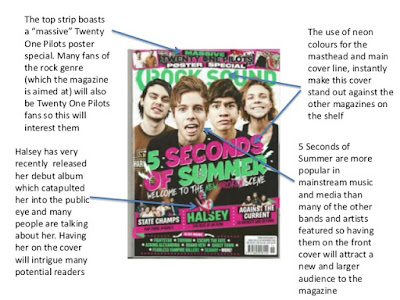Some magazines improve their logos by using different color schemes, different fonts and so on.
Here is a quick comparison of the changes in the logo design of Rolling stones magazine from their first edition, published in 1967 to the logo today.
They brought about a new logo in the late 1970s- early 198s.
Recently it can be seen that they have further improved the font of the logo and keep it a solid Red color now. The mast head is behind the picture of the celebrity in many cases.












































